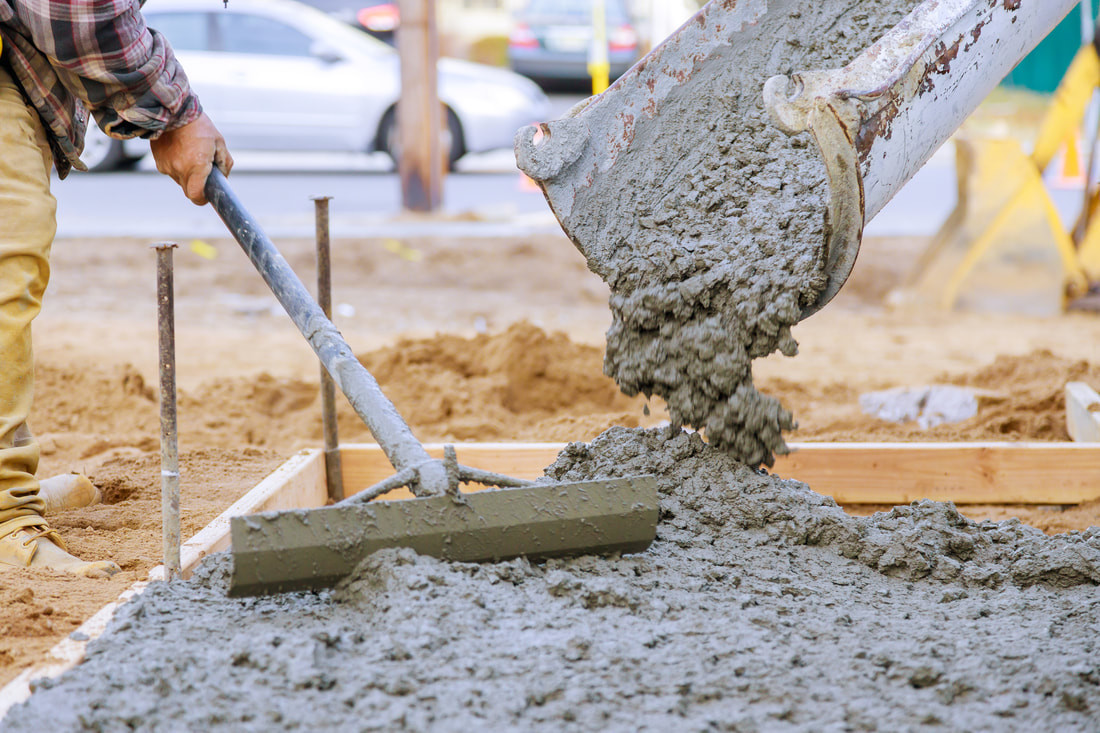Concrete Curing: Concrete is a composite mixture, consisting of cement, sand, aggregate (tooth or gravel), and water in appropriate proportions. Through the chemical reaction between cement and water, the binder that binds the aggregate particles is formed. Fresh concrete will be so ductile that it can be shaped into any desired shape and compacted to increase its density.
Concrete must be poured into place before it begins to lose ductility. The period during which concrete completely loses its plasticity and becomes difficult to form is called the final setting time of concrete.
Definition of concrete curing
Concrete curing plays a vital role in gaining strength and durability. After the water is added to the concrete mixture (cement, sand, and aggregate), an exothermic reaction (hydration) occurs, which helps the concrete harden. Concrete hardening is not immediate and lasts longer, which requires more water to sustain the cement hydration reaction. Therefore, concrete must retain moisture until the hydration reaction in the concrete is completed to gain its design strength (concrete grade, or concrete resistance). This process is called concrete curing.
Or the process by which concrete retains its moisture to protect it from moisture loss due to atmospheric temperature and the hydration reaction.
Or it is the process of controlling the rate and extent of moisture loss from concrete during cement hydration.
The purpose of concrete curing
The reaction between cement and water is called hydration. It is an exothermic reaction (the reaction that releases heat).
After adding water to the concrete mixture, hydration begins, which makes the concrete dry quickly due to an exothermic reaction, i.e. releasing heat, evaporation of water by the heat of the atmosphere, or wood molds imbibing water or seepage. To complete the hydration process, the concrete must be kept wet to reach the maximum strength of the concrete as soon as possible. There are also many frequently asked questions about concrete curing. Below are some of them.
What are the concrete curing procedures?
In general, spraying water on the concrete surface cures the concrete. Cold water below 5°C is not suitable for concrete treatment.
Since the reaction of water in concrete repels heat and keeps concrete warm, the use of cold water below 5°C on concrete may lead to cracking and failure due to rapid and successive drying and wetness on the concrete surface, which leads to volume changes in the concrete and eventually leads to cracking.
What is the curing period of concrete?
The most appropriate curing period for concrete to achieve maximum strength in 28 days, which is the ideal period.
Source: wikipedia.org/wiki/Reinforced_concrete
Read More: buildineg.com/public/blog/what-is-a-concrete-jacketing-of-column/

